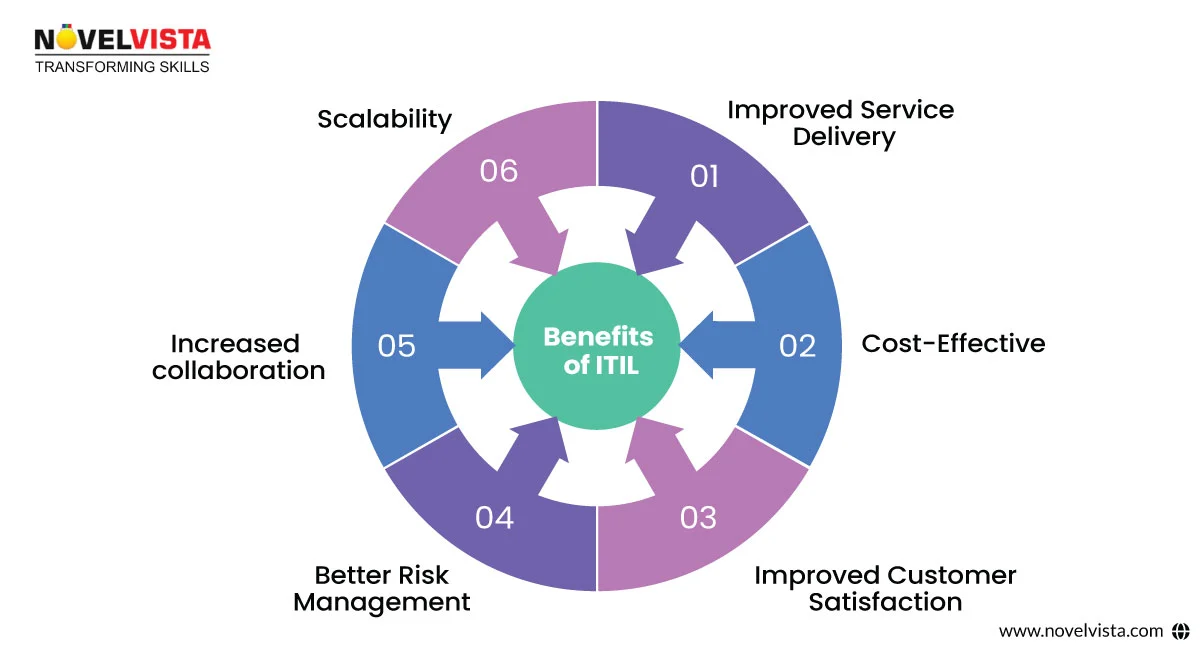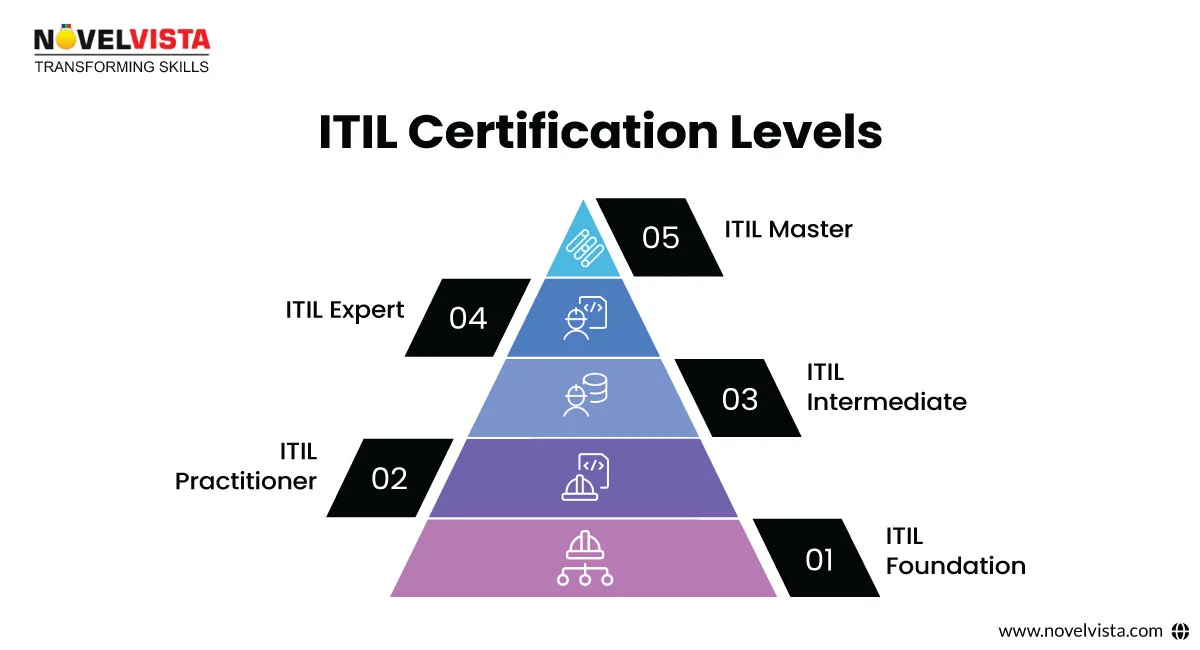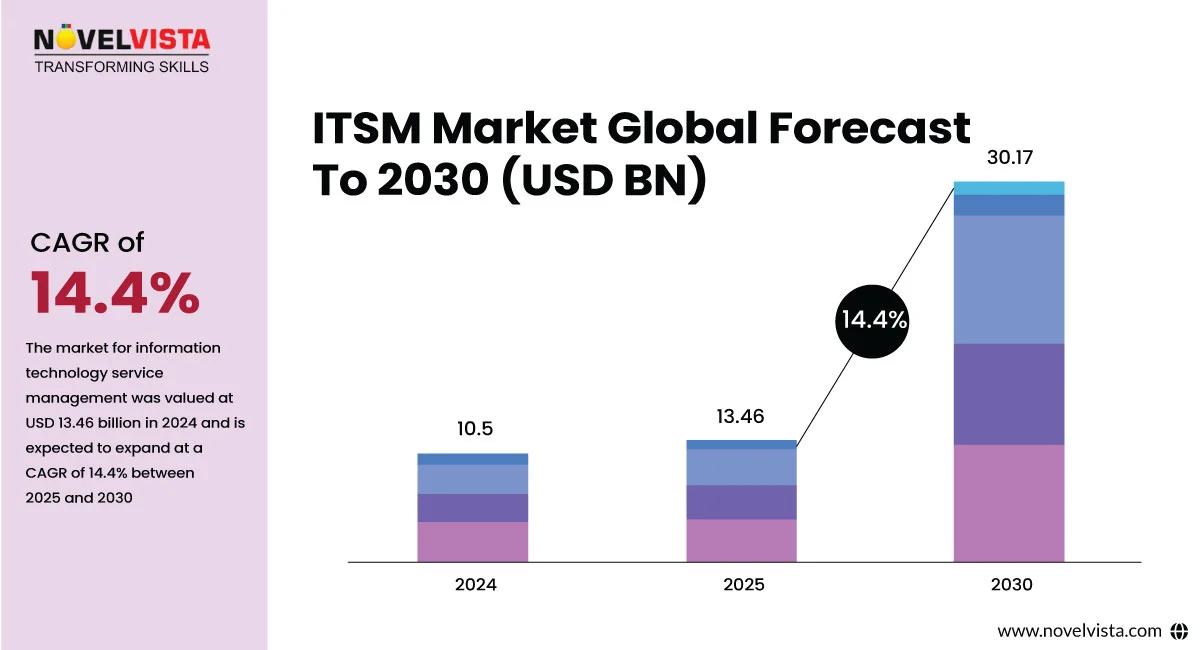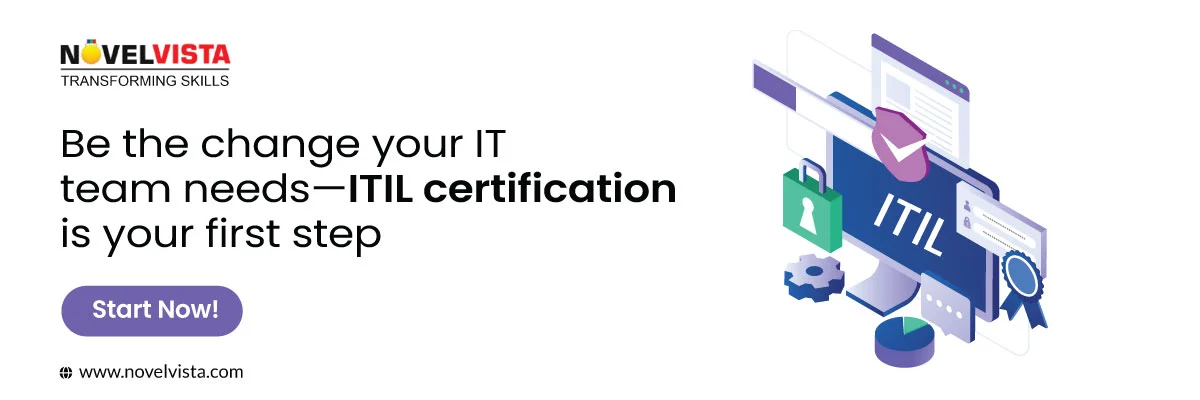BMC Software – While IT organizations don't convey concrete and valuable goods the way generally organizations do, IT and managers face a considerable lot of similar difficulties. Both must make the right sense of items for their clients, sustain their items to keep clients glad, and continually adjust the item blend to help develop client interests, tastes, needs, and requests. They should also keep clients informed of what items are available and the amount they cost, so individuals can find and buy the things they need. As usual, there is an exceptional strain to contain costs so the organization remains productive, and to agree to government commands so the organization avoids fines and penalties.
How can IT managers face these challenges? By understanding what senior managers in manufacturing firms learned quite a while in the past, that it's fundamental to have complete and precise documentation of a product portfolio.
Manufacturing organizations keep up detailed data on all items — those being arranged, those being developed, and that underway. Item determinations, alongside cost, estimating, and sourcing information for groups and subassemblies give the establishment an educated dynamic, and successful product portfolio of executives. IT managers do something very similar with their management portfolio that rundowns and portrays all IT organizations. What's more, they set up powerful cycles for dealing with that portfolio.
The IT Infrastructure Library (ITIL)is a wonderful asset for direction identified with a service executing management portfolio. ITIL Version 3 represents a way to deal with making and dealing with a help portfolio. Business Service Management (BSM) arrangements can make the activity simpler by supporting the ITIL approach and encouraging the creation and the executives of a help portfolio. BSM is a complete methodology and brought together the stage for running IT from the business point of view.
The Information Technology Infrastructure Library (ITIL) is a framework that is accepted all around the world for IT service management (ITSM). It provides a set of best practices and guidelines that help organizations manage their IT services effectively. ITIL is designed to improve the coordination of IT services with business needs, guaranteeing that the organization can deliver high-quality services to its customers while optimizing resources.
For industries like ITIL in manufacturing, implementing this framework leads to smoother operations and enhanced productivity. ITIL is dependent on a lifecycle approach, which covers the entire service management process, from planning and design to operation and continual improvement. With ITIL, businesses can streamline operations, enhance service delivery, and ensure a more structured approach to managing IT services.
ITIL was first discovered in the 1980s by the Central Computer and Telecommunications Agency (CCTA) in the UK. The goal was to create a set of best practices for IT service management that would help government organizations improve the efficiency of their IT services. As time passed, ITIL has extended beyond the public sector and become the global standard for ITSM.
The first version, ITIL V1 was published in the 1980s, followed by ITIL V2 in the late 1990s, which became largely accepted by organization all around the world. ITIL V3, released in 2007, presented the service lifecycle method, which further improved the framework and made it more adaptable to different industries. The most recent version, ITIL 4, was launched in 2019, and it focuses on delivering value in a fast-paced, digital-first world.
Today, ITIL is known as the defalut standard for IT service management and is used by organizations of all sizes and industries to handle their IT services effectively. For those interested in advancing their ITSM knowledge, obtaining an ITIL certification is a highly valuable investment. It provides individuals with the tools and information needed to grow in the progressing landscape of IT service delivery.
To learn more about ITIL Certification Levels, ITIL Certification Meaning, or the ITIL Certification Full Form, visit Novelvista, a leading provider of ITIL-related resources.
The ITIL framework includes five key stages, each focusing on an important component of service management:
These stages form a detailed lifecycle that guides organizations through the entire process of managing IT services, making sure that each stage is properly aligned with business goals.
Implementing ITIL in an organization provides multiple benefits:

For Example, ITIL in manufacturing supports stay aligned, minimize downtime, and improve production effectivity by combining IT processes with operational objectives.
ITIL certification and training are important for professionals who want to gain skills in IT service management. ITIL certification provides a step-by-step learning path that allows individuals to develop the required skills to implement and manage IT services effectively.

There are multiple levels of ITIL certification:
Training for these certifications is available from various training providers, such as the ITIL® 4 Foundation Certification Training Course, providing both in-person and online courses to respect everyone's learning choices.
Several organizations all around the world have successfully implemented ITIL to improve their IT service management processes. For instance:
In both these cases, ITIL helped organizations optimize their service desk functions, incident management, and problem management, ensuring a more effective and efficient service delivery.
ITIL has improved over the years to adapt to the changing world of IT service management. The latest version, ITIL 4, introduces different new concepts to solve modern challenges:
These trends highlight the growing importance of change management and problem management within the context of ITIL 4, which adapts to more dynamic business environments.
The ITIL way to deal with administration portfolio executives involves four significant advances, which are illustrated underneath. (Note: These steps are independent of the five significant ITIL administration lifecycle stages, which incorporate service strategy, service operation, service design, service transition, and continual service improvement).
By following this characterize break down endorsement contract measure you can bring your management into the management portfolio the executives — regardless of whether those organizations are in arranging, advancement, or creation:
Since business situations are dynamic, you'll have to advance your administration portfolio after some time. By iteratively applying the four stages to your administrations on an intermittent premise, you guarantee that your administration portfolio constantly mirrors the requests of your undertaking.
To work admirably in administration portfolio the executives, you need an exhaustive data and information about the board framework depicting the administrations you give. ITIL considers the establishment of the administration portfolio. As per ITIL, the portfolio ought to incorporate assistance depiction, business case, incentive, need contributions, bundling, expenses, and evaluation. These properties give the premise to assessing each help all through its lifecycle — from the key investigation of a proposed administration through the retirement of administrations that are not, at this point essential.
ITIL isolates the administration portfolio into the administration pipeline, the administration index, and resigned administrations. Administrations start their lifecycle in the pipeline, which incorporates mentioned administrations that are under assessment from a vital business angel.
Approved administrations move from the pipeline to the administration list. The index incorporates all approved benefits that are in the plan, being developed, or sent. Now in the life cycle, you survey the attainability of the administrations that originate from the administration pipeline, and either contract or reject them. Contracted administrations move to the plan and improvement stages, and you draw in the fundamental assets to create them.
The service catalog has a "business" side and a "specialized" side. The business side gives the customer see, that is, the administration portrayals, arrangements, service level arrangements (SLAs), ordering and request methodology, uphold terms and conditions, and estimating and chargeback data. It likewise shows the connections of the administrations to specialty units and business measures.
The different sides have matches in parallel. The business side is comparable to the maker's item inventory. The specialized side is comparable to the maker's item assembly reports, which show the groups and subassemblies that make up every item.
Making an assistance portfolio is certifiably not a trifling endeavor. BSM arrangements, notwithstanding, can extraordinarily encourage the errand. These arrangements consequently assemble and keep up a significant part of the information you need. The arrangements additionally uphold an assortment of the executive's capacities, for example, venture portfolio business worth and danger investigation, venture portfolio prioritization, venture the board cycles and work process, venture budgetary administration, and program the board.
On the off chance that service resource planning (SRP), for instance, is incorporated as a feature of your all-encompassing BSM system, you can pick up the permeability and control to all the more likely influence the two individuals related and budgetary IT assets. service resource planning assists you with beating impediments to overseeing IT as a business. These arrangements assist you with setting sellers and arrange divided financials. They assist you with utilizing staff all the more productively, adjust undertakings to business destinations, and get more prominent into consistent issues.
With these arrangements, you increment straightforwardness into advancement ventures over the endeavor so you can make more precise spending opinions and manufacture synergistic associations with your customers. You can likewise decide the return on investment (ROI) or return on value(ROV) of ventures. Thus, you advance the portion of your assets to convey the most extreme business esteem.
Some BSM arrangements influence the administration list to offer computerized assistance to demand the board and satisfaction, making it simple for individuals to demand administrations. The arrangements consolidate best practices to assist IT with preparing demands in a productive and ideal way, diminishing help work area outstanding tasks at hand and implementing organization approaches and norms.
⚙️ Align IT services with production goals.
Since IT associations face a considerable lot of similar difficulties as assembling associations, IT managers can profit by the experience of their partners in the assembling field. Like the item list in assembling, the IT administration portfolio gives the establishment a proficient, top-notch item conveyance and backing.
By receiving a help portfolio the executives approach, you can convey the correct blend of administrations, uphold those administrations successfully, adjust them to the changing needs of the undertaking, and make it basic and direct for individuals to discover and demand the administrations they need. In doing as such, you'll cut IT costs, which positively affects the primary concern, and help guarantee consistency with government orders.
Thinking regarding an assistance portfolio can likewise propel you to begin gathering the information and relative data of the administrations, which resemble the made merchandise portrayed in this article.
You can speed the usage of extensive assistance portfolio the board by utilizing ITIL rules and actualizing arrangements that rearrange and mechanize portfolio creation, information social occasion, and the executives. With a strong assistance portfolio the executive's procedure and the correct apparatuses set up, you will expand ITs commitment to the business and help improve primary concern results.
The market for information technology service management was valued at USD 13.46 billion in 2024 and is expected to expand at a CAGR of 14.4% between 2025 and 2030.

ITIL has proven to be an invaluable system for organizations looking to improve their IT services and coordinate them with business goals. Whether you're in ITIL in manufacturing or any other industry, implementing ITIL helps ensure that your IT processes are efficient, customer-focused, and scalable for growth. With its detailed approach to service management, ITIL improves service delivery, reduces risks, and promotes collaboration within organizations. By gaining ITIL certification, professionals can provide themselves with the expertise needed to drive improvement and bring value to their organizations. In a rapidly evolving digital landscape, ITIL continues to be an essential tool for organizations to stay competitive and meet customer demands effectively. 
Confused about our certifications?
Let Our Advisor Guide You